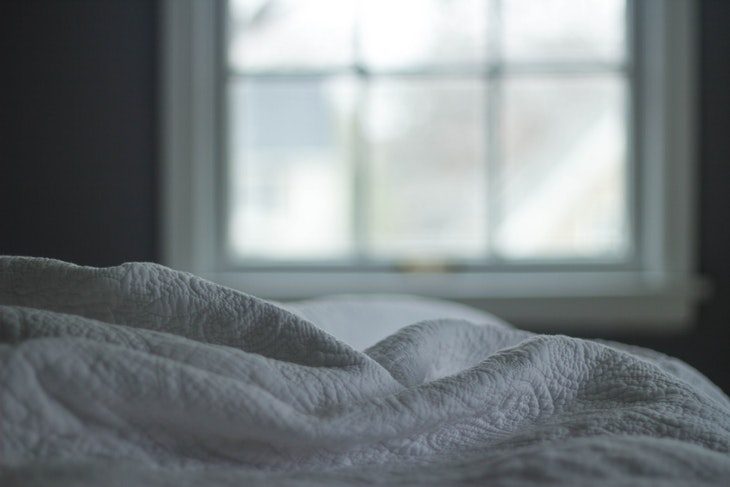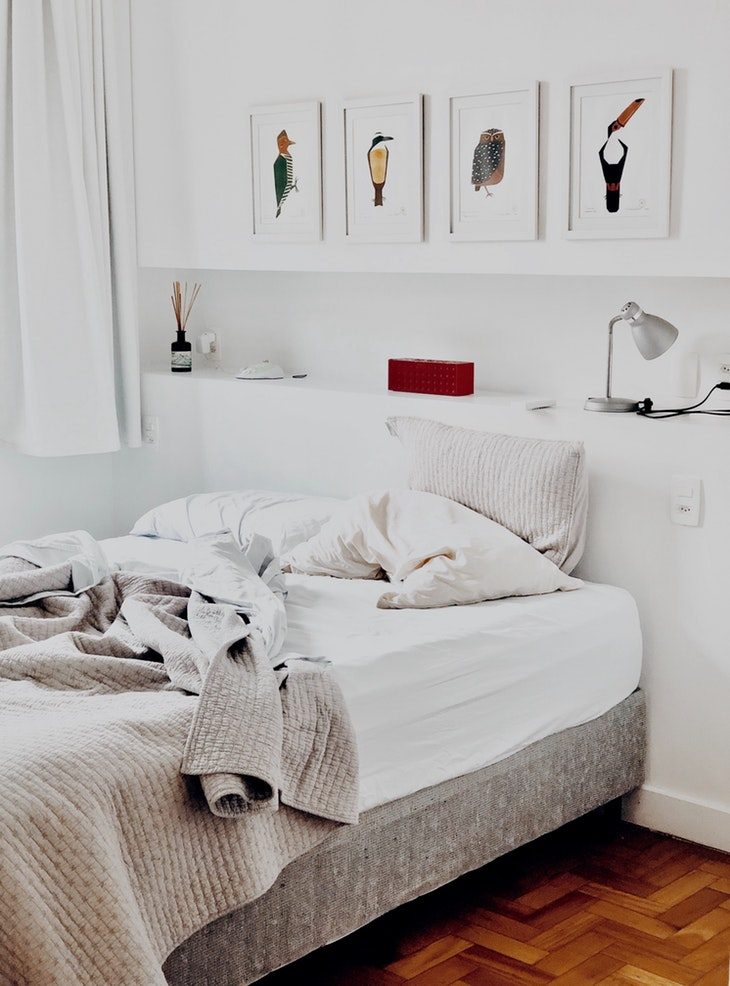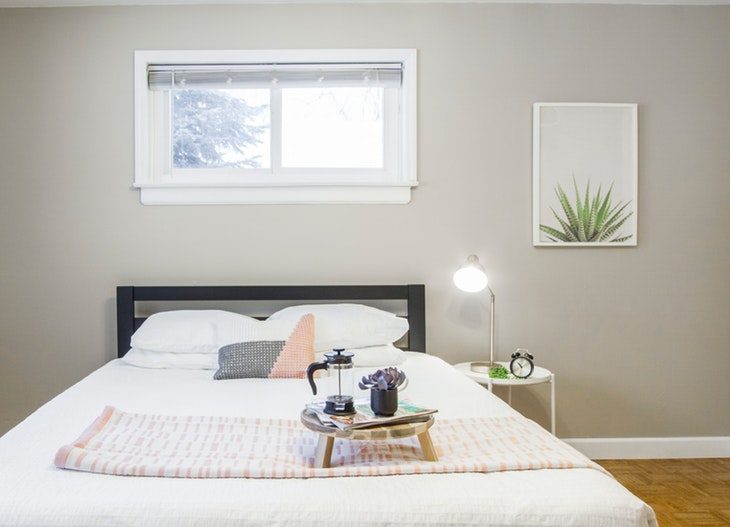
Sleep is something most Americans devalue. It’s almost as if we wear our lack of sleep as a badge of honor – publicly claiming that we’re too busy to spend a few measly hours resting. But there’s ample evidence to suggest that sleep plays a critical role in health and vitality.
If you want more quality shut-eye, it starts with designing a sleep environment that’s conducive to slumber.
Read more after the jump:
Creating a Well-Optimized Sleep Environment
Your quality of sleep is tied to dozen of factors, including lifestyle choices related to diet, exercise, technology, stress, and anxiety. But there’s also something to be said for the environment within which you sleep. If your bedroom is designed in such a way that it’s conducive to rest, you’ll find it easier to get the slumber you need to wake up feeling energized and rejuvenated.
When it comes to designing a sleep environment, there are certain issues and elements that matter more than others. Let’s examine a few of the most pertinent factors so that you can make calculated decisions that put you in the best place to be happy and healthy.
Mattress Selection
Your mattress has a very significant impact on your comfort and quality of sleep. If you’re still using a cheap mattress that was handed down from a friend or fily member, it’s time to invest in a quality mattress that’s selected with your needs in mind. And if you sleep with a partner, you’ll also need to take their preferences into account.
“When buying a mattress choose something that is going to work for both you and your partner. If you both sleep well life goes smoother,” Perfect Cloud explains. “That often means you need to make the decision about whether a spring or memory foam mattress is right for you.”
Foam mattresses are preferred for their even weight distribution, effortless motion transfer, hypoallergenic properties, and durability (some have warranties of 20 or 25 years). Spring mattresses are cheaper and sleep cooler, but don’t offer the same weight distribution and motion transfer benefits.
Lighting
If there’s one element of the sleep environment that most people forget about, it’s lighting. Yet despite the fact that it’s frequently ignored, lighting has a significant impact on how quickly and efficiently you fall asleep.
Exposure to excessive artificial light in the hours leading up to bedtime has been shown to reduce sleep quality by suppressing the production of the hormone melatonin. Not only should you avoid having a TV in your bedroom, but it’s recommended that you have lighting on a dimmer switch so that you can gradually adjust the brightness in the 60 minutes leading up to bedtime.

Noise
Excessive noise can disrupt your ability to stay asleep and fall asleep. If you live with people who have different sleep schedules – or find yourself in a noisy location with lots of outside street traffic – invest in some sort of noise canceling solution. A simple box fan or white noise machine may do the trick.
Ambient Temperature
The temperature in your bedroom has a direct impact on your quality of sleep. According to Sleep.org, the ideal bedroom temperature is somewhere between 60 and 67 degrees Fahrenheit for optimal sleep. Temperatures that are lower or higher than this range could lead to excessive restlessness that affects your quality of sleep.
Paint Colors
Believe it or not, something as simple as the paint colors in your bedroom can impact your quality of sleep on a nightly basis.
According to a survey conducted by Travelodge, people who sleep in a blue room get the best night of sleep (enjoying an average of 7 hours and 52 minutes of sleep per night). Moss green, pale yellow, and silver are also shown to be restful colors. Purple is deemed to be the least restful room color.
Achieving Optimal Sleep
Contrary to popular belief, the quantity of sleep isn’t always as important as the quality of sleep. In other words, the holy grail of sleep shouldn’t be eight hours of shut-eye. Instead, make it your goal to achieve consistent, uninterrupted sleep that allows you to achieve REM sleep that restores your body. In doing so, you’ll find that you’re much more focused and energized during the daytime.




